|
OBBI 200900Z 18005KT 120V220 9999 SCT030 30/15 Q1017 NOSIG Cruising a clear Starry night can be an ethereal experience. The lack of thermals calms the velvety dark sky, lights and color replace form and shape, and twinkles dominate the immense void that surrounds you. Encouraged by modern technology, we conquer the night sky and traverse distances with sleeping comfort.  Consumed with the thought of ancestors trekking continents and oceans with nothing more than “twinkle knowledge”, I look up to the sky. For centuries, across multiple cultures, humans navigated the earth with the Heavens. Oddly enough, throughout my piloting experience, Celestial Knowledge was barely brushed on. One would expect this knowledge as basics to Navigation, yet very little if anything was presented. Historically, Arabia aggregated regional culture into collective knowledge. Still used today, AlTair, Deneb, AlNitak, Mintaka, Nahil, are some of about 1,000 visible stars named in Arabic. Not a hundred years have passed, since the stars guided us across the Land, reassured us at Sea, and announced seasonal changes. Yet the average person today has a hard time pointing north in daylight. Realistically, unless one plans to cross oceans, very little is needed to utilize this skill. The scale of knowledge might be intimidating, but what a shame it is for our global culture to lose such a self-empowering skill; let alone, to be forgotten by the people who named and famed it. The basics start with Perspective. We view the night sky, from an orbital perspective that changes throughout its heliocentric year; presenting us with different views of our galactic surroundings. This, in turn, results in the presentation of seasonal nocturnal celestial constellations, Orion, Taurus, Cygnus, Sagittarius, Etc… Basically, the night sky presents a different view of our galaxy, depending on where Earth is on its orbit around the Sun. The main observable changes happen in the Summer and Winter seasons, as these are the extremities of our galactic orbital viewpoint. This is in relation to the easiest recognizable asterisms in both seasons, those being the Summer Triangle and Orion. From these asterisms and constellations we can derive, approximate Latitude, Cardinal Directions, and with the aid of some simple instruments Longitude. In Arabia, between mid-September until mid-April, we can see the constellation Orion [AlJabbar – الجبار ] crossing the sky from the East to set in the West. Hence, East and West are determined. Further to that, the constellation has a belt holstering a Sword. That Sword always points to Approximate South. Once determined, North is just the opposite direction. From about May to mid-August, the Summer Triangle takes dominance in the sky. These are three stars [ Deneb – الذنب ], [ AlTair - الطائر ] and Vega [ AlNasir - النسر ] that shape a large isosceles triangle. The directional point of this asterism always points to Approximate South. So trace the horizontal point to the opposite side of the sky and you would be pointing towards approximate North. Others use the thunderbolt method utilizing the angles of Cassiopeia [ Thaat Al Kursi -ذات الكرسي ] and Ursa Major [ AlDub AlAkbar - الدب الأكبر ], which can be useful to know for a more accurate heading if Polaris or [Kochab - كوكب ] are visible. Polaris [ AlShamal – الشمال ] is an odd star, that seems to hold it’s position at a central northern point in the sky called the Celestial Pole. If you are facing this star then your are facing Approximate North. The Star is positioned at a focal celestial point appearing throughout the night. This is probably the most important Star to be guided by. Although it isn't the brightest Star, it is easy to identify, has multiple methods of verification, and is visible over most of the Earth’s land surface. Due to its low luminosity, finding AlShamal can be tricky; but with a bit of knowledge, AlShamal can be identified with redundancies to confirm. In the Northern Hemisphere, the northern quarter of the sky is dominated by two easily identified constellations, Cassiopeia [ Thaat AlKursi - ذات الكرسي ] and the Big Dipper [ Banat Alna’ash - بنات النعش ]. 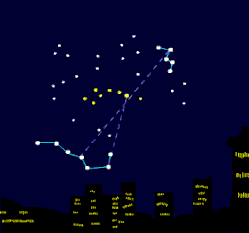 Thaat Al Kursi, appears as a big W or M depending on the time and season. Once identified, think of the middle point as a directional director, and the least moving star is AlShamal. As for the Banat AlNa’ash, it is one of the easiest constellations to identify. As the English name alludes, the Big Dipper is what it is. To find North is as simple as tracing the outward face of the dipper until you hit AlShamal. Being that both constellations are opposite each other if you can identify Banat AlNa’ash and Thaat AlKursi then AlShamal is between them. 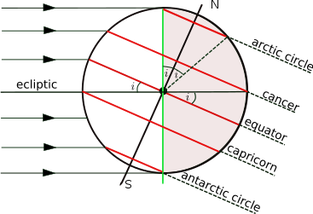 More impressive, is that with some observational knowledge, Latitude can be determined with fair proximity. For example, we know that in Arabia, AlJabbar crosses the sky in a westerly pace across the south-central quadrant of the sky. As observed, the closer you are to the equator, the more the constellation will appear in the middle of the sky. Therefore, if AlJabbar is seen in the northern quadrant of the sky, then you know you are below the equator. Hence approximate latitude. Although AlShamal is almost stationary, it’s angle in the sky can help us determine Latitude as well. The more South it appears in the Night Sky, the more North the observer is; but due to it’s celestial position beyond the equator, AlShamal is not visible. 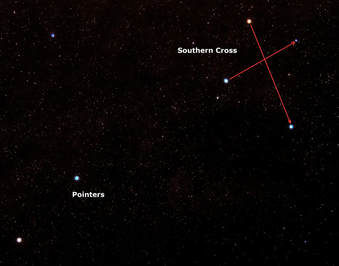 As we venture south beyond the equator, the Southern Cross [Crux] is utilized as a guide to the southern skies. This constellation always points south at the base of the cross. But again it’s an approximation. There are two bright stars to the left that are called the Pointers, and they are bright and dominant enough to be used to confirm the Constellation Crux. As Arabia stops at the equator, not much importance was given to the southern hemisphere. It is considered a new age hemisphere, with navigational constellations only developed and confirmed in the early 1600s. Even though native cultural knowledge was there in the South American and Australian, globally the information was not cataloged or verified, until the Dutch had their excursions between the 1600s and 1700s. We impress ourselves with glorified pocket calculators and claim mastery of knowledge. Our dependence on these dabbed screens might have given us the ability to do, but by no means does this knowledge translate to skill. Impressive is the lone child walking the desert, guided with nothing but the stars.
1 Comment
|
38AB
The Aviator.. Flight Recorder
May 2019
Departments
|
Services |
Management |
Copyright © 2018 bahrainaviators.com
|

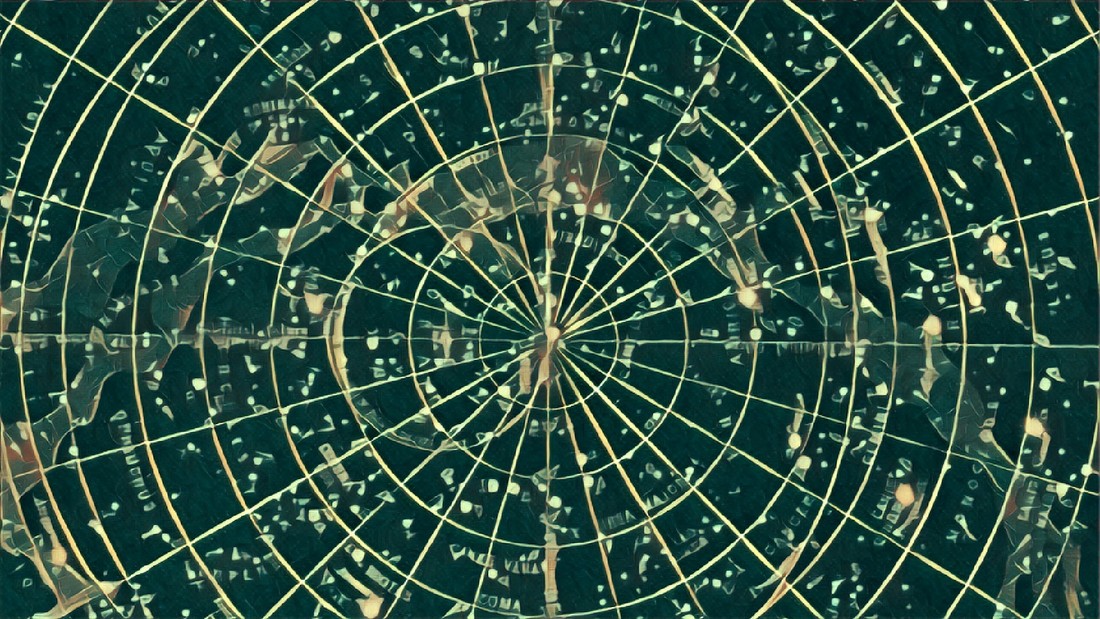
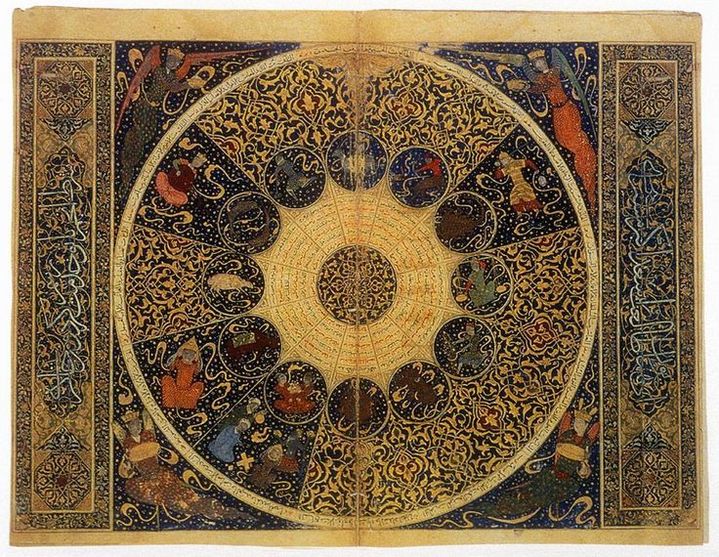
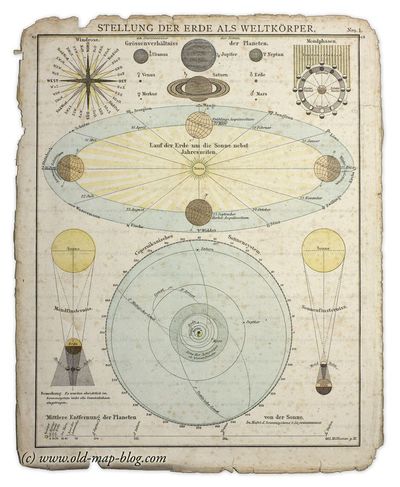
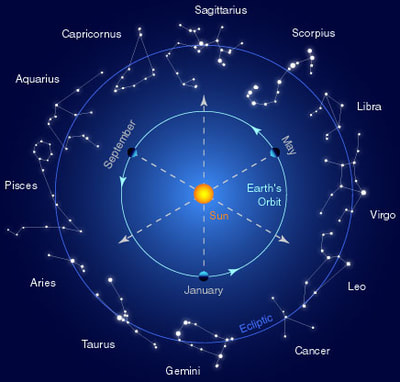
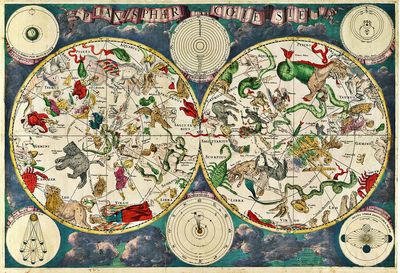
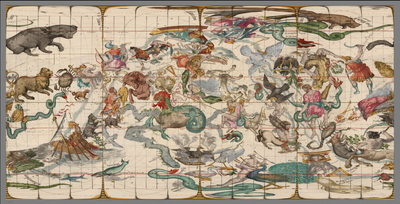
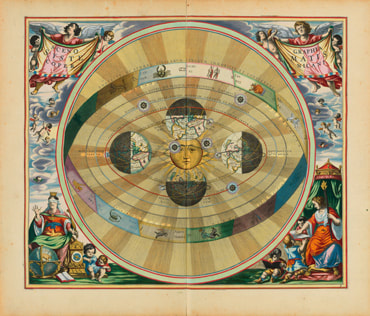
 RSS Feed
RSS Feed